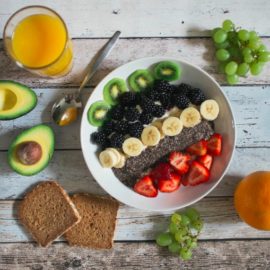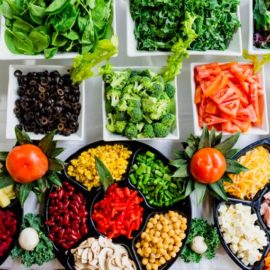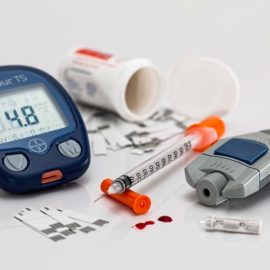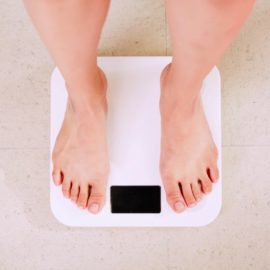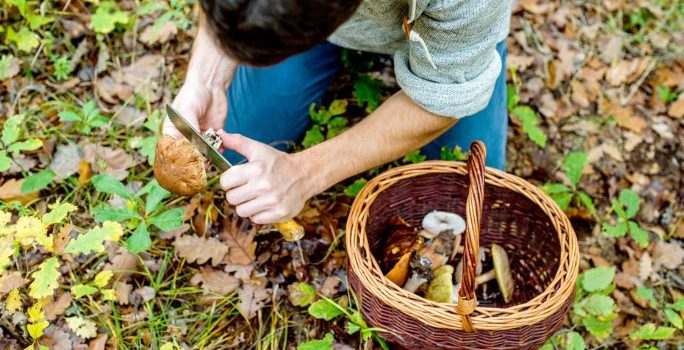
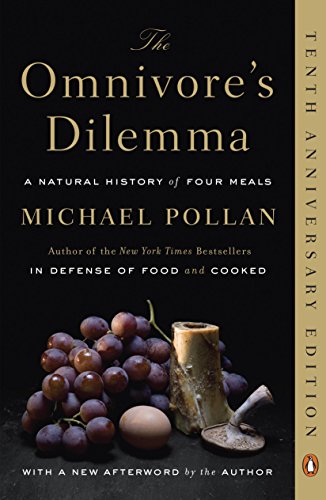
This article is an excerpt from the Shortform summary of "The Omnivore's Dilemma" by Michael Pollan. Shortform has the world's best summaries of books you should be reading.
Like this article? Sign up for a free trial here .
What is foraging for food? How do you forage, and why do people do it?
Today most of our hunting, gathering, and food-growing is a hobby or form of recreation. But there are lessons to be learned from exploring foraging.
What is Foraging? Is it Natural?
Foraging (both hunting and gathering) is the food chain that natural selection designed us for. As we switched from food found in nature to food produced by agriculture, we’ve developed new traits, for instance greater adult tolerance for lactose. But we still retain the traits of foragers: we’re predators and our bodies are designed to eat meat as well as plants.
Anthropologists say that typical hunter-gatherers worked about 17 hours a week to find food in nature, and they were healthier and lived longer than they did after adopting agriculture. One theory for why they gave up this comparatively easy lifestyle in favor of labor-intensive agriculture is: humans had to switch to agriculture because they ruined hunting by killing off too many animals and ruining their habitats.
By exploring our earliest food chain by foraging, the author sought to learn more about the ecology and ethics of eating than could be learned from buying food from a supermarket or farm. For instance:
- The ways we’re tied to the species we depend on for food.
- How we decide what’s edible in nature and what’s not when foraging.
- How humans fit into the food chain as hunters and foragers.
When foraging, Pollan also wanted to:
- Take conscious responsibility for killing the animals he ate.
- Prepare and eat a meal in full consciousness of all that it involved.
As a guide, he enlisted the help of a local chef in Northern California, whose passions besides cooking were hunting and foraging. He also signed up for hunter education and shooting practice, in order to get a hunting license. He had to pass a 14-hour class and a 100-question multiple choice test.
But before going hunting for wild pig, he explored the ethics of killing and eating animals.
———End of Preview———

Like what you just read? Read the rest of the world's best summary of Michael Pollan's "The Omnivore's Dilemma" at Shortform . Learn the book's critical concepts in 20 minutes or less .
Here's what you'll find in our full Omnivore's Dilemma summary :
- What does Omnivore's Dilemma mean?
- Why is industrial farming so bad for you and the environment?
- How did corn and its byproducts (like corn syrup) end up in tens of thousands of foods?
- How is Industrial Organic food like at Whole Foods not much better than massive industrial farming?
- What happens when you try to forage for your own food?

